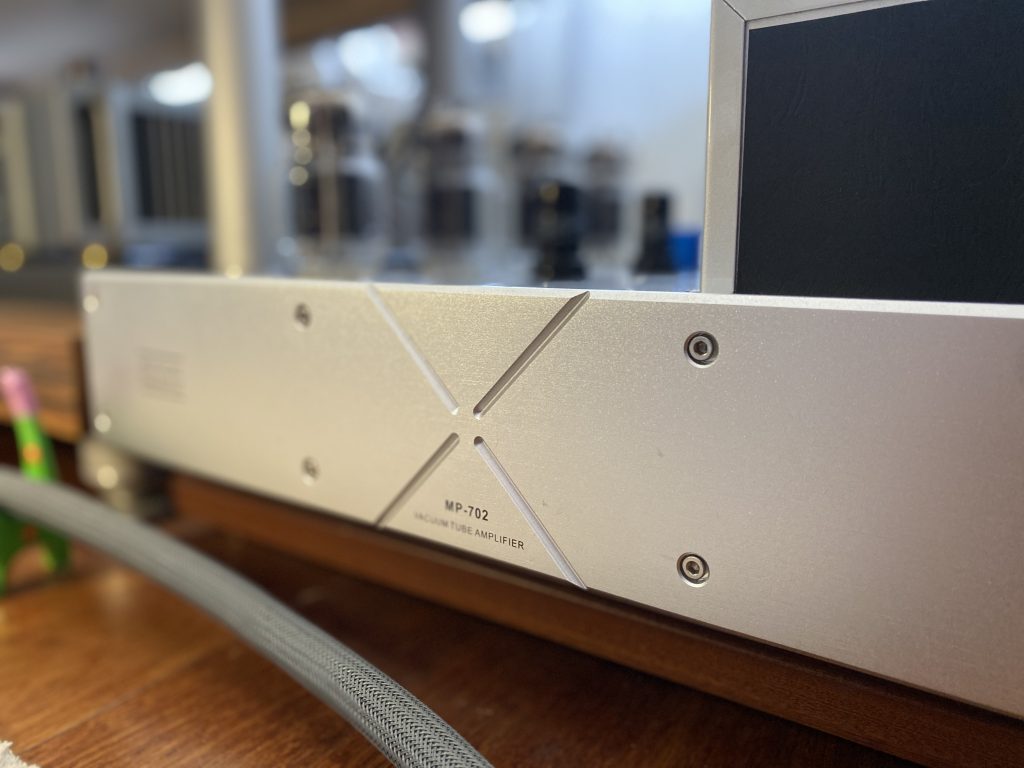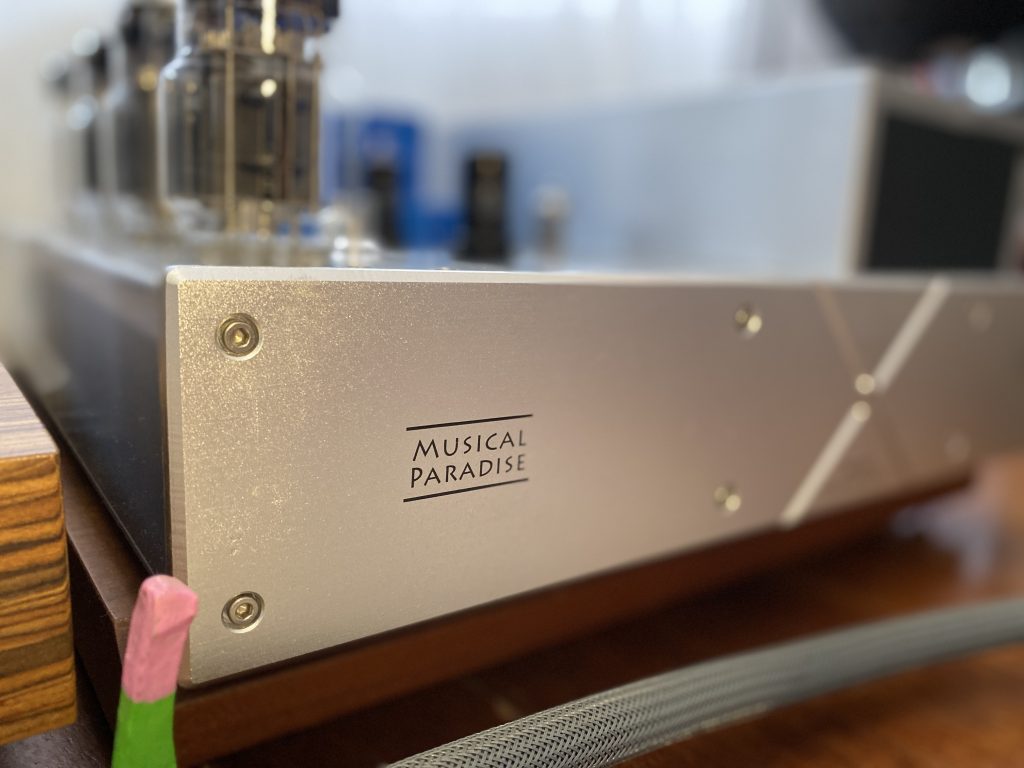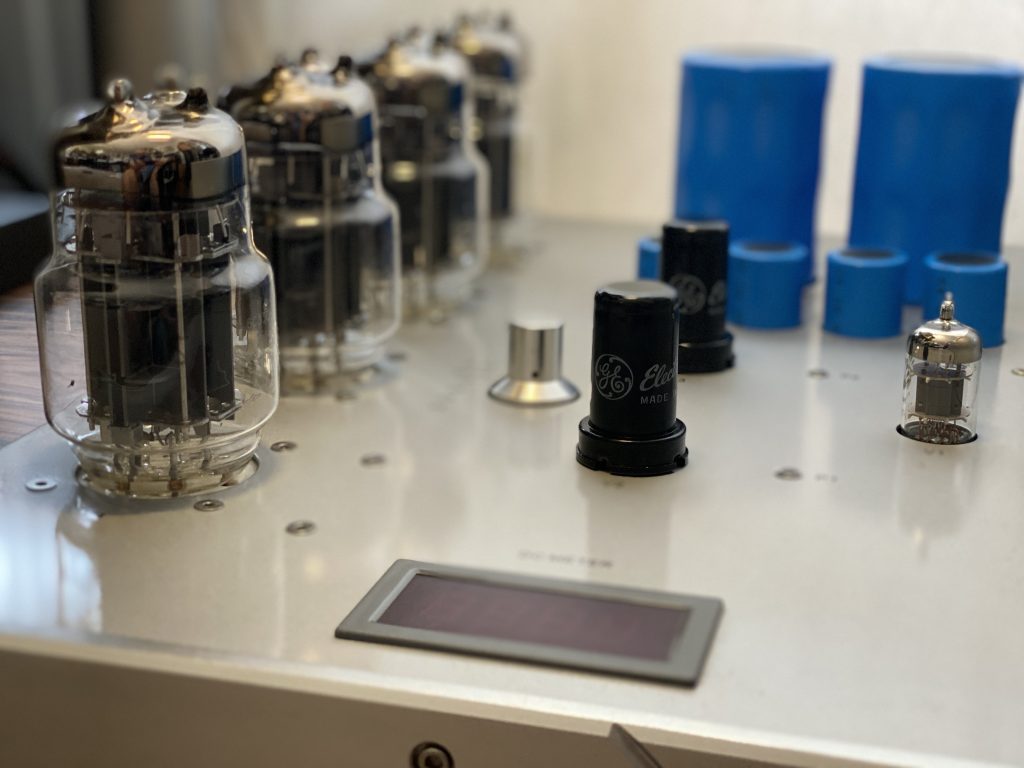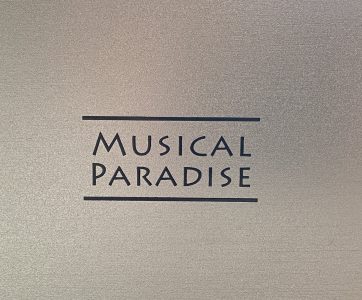Amplifiers are one of the most important components of an audio system. This is because they are an indispensable element without which listening to music via audio would be impossible. The number of designs and solutions is almost unlimited, although each of them has both its supporters and opponents. Their popularity and reputation among users depends not only on their personal sonic preferences, but also on the music they listen to, the conditions in which they listen, and the rest of the system, including, above all, the speakers with which these amplifiers must work in harmony. However, their popularity and reputation are also linked to psychological aspects based on the beliefs, prejudices or even ignorance of users. Although this is very interesting in itself, it is by no means the purpose of this article. For this purpose, those interested should refer to relevant articles and websites dedicated to the description and explanation of amplifier nomenclature.

An important place in this nomenclature is occupied by amplifiers whose popularity is inversely proportional to the sound quality they offer. I am referring to OTL designs. OTL is an acronym for Output Transformer Less, which means that such amplifiers do not have output transformers. Their absence significantly affects the final sound that can be obtained from such amplifiers. Output transformers, whose task is to match the impedance of the tubes to a level acceptable to the speakers, introduce distortion into the audio path and limit the frequency response of such amplifiers. The sound we get directly from the tube sounds more natural, clean and transparent. However, this has its consequences. It requires the use of low-impedance tubes (which excludes the possibility of using any tube) and generates a potential problem related to the possible failure of such a tube during use. Such a failure can result in damage to the speaker, as there is nothing separating it from the amplifier, as is the case with transformer-based designs. It is precisely the fear of such failures, caused by faulty designs in the past, that has made such designs much less popular than they deserve to be. So much for the introduction. Let us now move on to the main topic of this article, which is a tube power amplifier, whose uniqueness is evidenced not only by its design, size, tubes and power, but above all by the sonic qualities it offers.

Although the Canadian manufacturer MUSICAL PARADISE has already gained recognition among lovers of good sound, it seems to be a niche company. Its reach is limited by the general concept of promotion and sales decided upon by its founder and chief designer, Garry Huang. The mission of MUSICAL PARADISE is to design and manufacture the highest quality audio equipment while maintaining competitive prices. To achieve this goal, the company has decided to sell directly, thus avoiding intermediaries and a distribution network that would increase prices. You pay only for what you get! Of course, this comes at a price. In this case, it is inversely proportional to the quality of the sound offered, the availability and popularity of the brand. It is a boutique brand offering equally boutique sound worthy of a ‘musical paradise’. The company always uses high-quality components, which it is recognised and proud of, and the finish and design are an extremely successful compromise between what is necessary and what is reasonable. The company’s regularly updated portfolio includes almost exclusively tube devices, such as the high-quality MP-701 line preamp and the highly acclaimed MP-DX DAC. Both devices have been designed to allow the end user to ‘tune’ them individually by replacing key capacitors or with almost unlimited lamp replacement options.

However, this text is devoted to MUSICAL PARADISE’s flagship device, the Musical Paradise MP-702, a split power amplifier in an OTL design. Two large monoblocks are equipped with the iconic Soviet 6S33S tubes, four per channel. The popular ‘devils’ are accompanied by a 12AX7 in the input stage and two 6SJ7 (6J8P) control tubes. This provides 100W per channel regardless of the speakers used, allowing for an almost unlimited choice (the manufacturer recommends speakers in the 4-16 Ohm range). The OTL design provides a frequency response from 10Hz to 40kHz, and the amplifier operates in class AB OTL Push Pull. Soviet low-impedance 6S33S triodes are tubes that have gained cult status in audio, albeit somewhat chimerical. Their amplification is so high that they often work as single channels, providing 25W of power. Here, there are as many as 4 per channel, which provides a remarkable 100W of triode power. As a result, we can expect an open, rich, dynamic and transparent sound. Theory is theory, but how does it work in practice? How does the Musical Paradise MP-702 sound? Is it as big as the devices themselves (52x52x20 cm) and does it sound as heavy as they do (one unit weighs 30 kg!)?

Let’s start from the beginning. When running the amplifier for the first time, it must be adjusted manually, as it does not have automatic bias adjustment. This setting does not affect the sound in any way, it only ensures safe and trouble-free operation. The adjustment is made once and then controlled during further use via a clear DC Meter display and dedicated knobs. It is worth spending a little time on this, as it will reduce the need for re-measurements to a minimum. Although it is a bit old fashioned, thanks to this solution – which is admittedly a bit cumbersome – there is no distortion in the audio path. Again, it’s a trade-off. In this case, we gain sound quality at the expense of usability. For me, this sacrifice makes sense. However, everyone must make their own decision here. But what do we gain? Considering that I did not have an adequate device with automatic adjustment to compare it to, I can only trust the designer who decided on this solution and whom I have trusted several times without ever being disappointed.

The Musical Paradise MP-702 is a unique amplifier. Its uniqueness does not lie solely in its original design, the tubes used or the power it generates. Its uniqueness lies in its unique sound signature, which seems to combine elements that are mutually exclusive. The first thing that strikes the ear is the density and saturation of the sound, which make the music we listen to full and complete from the literal first note. This gives a feeling of complete immersion in sound and music. At the same time, the sound is extremely fast and precise. This is particularly noticeable in the bass and low frequencies, which are not only saturated but also extremely precise and completely free of any aggression. Some might compare this to a transistor amplifier, but the difference is significant. The bass never loses any of its organic character, and in the case of acoustic instruments, it does not lose its texture. It is not overly pumped up, but precise, rich, fast and organic. Real. The same goes for the midrange. Here it is dense, almost dark due to a slight shift towards a slightly lower signature. Present and tangible. Above all, however, dense. This allows you to enjoy music of various origins and gives it incredible energy. It is not about the volume at which we listen to music, but about its tangibility, presence and dynamic freedom. The same is true of the high end. It is absolutely integrated and stitched together with the rest, and I would describe its character as ivory. It is the kind of organic, dense and extremely pleasant to the touch material that most of us no longer have the opportunity to encounter. Once commonly used as the surface of piano keys, it is a good comparison here. There is nothing artificial, cold or lifeless in this part of the frequency response. Instead, there is nobility, naturalness and smoothness (without any glassiness or excessive brightness). On top of that, the entire frequency range is perfectly balanced and free of any unevenness. The amplifier offers excellent dynamics, both on a macro and micro scale. The latter allows for great interpretations of acoustic instruments and voices, including jazz, chamber music and symphonies. As is usually the case with monoblocks, channel separation and stereo imaging are exceptionally high. Everything I have described comes complete with the stock tubes. All of the above means that sound density and saturation slightly outweigh airiness and spaciousness. These should be sought by replacing the first and second stage tubes. For me, the biggest changes in spaciousness came from the 12AX7 from Psvane’s Gold series (the changes here are significant depending on the manufacturer, model, etc.). Further improvement came from replacing the second stage tubes with General Electric 6SJ7. Both changes perfectly complemented the density and saturation of the sound that the amplifier offers right out of the box.

Among the many tube devices I have recently encountered as a musician and reviewer, the MP-702 stands out for its musicality, noble tone, dynamics and musical engagement. These qualities have made it the reference tube amplifier in my system. It was accompanied in the tests by the following devices: Falcon LS3/5a speakers, J.Sikora Initial turntable, J.Sikora KV9 Max, EMT, Analog Relax, Kondo cartridges, Musical Paradise MP-701 mk2 Preamp, Musical Paradise MP-P2 Tube Phono Preamp, Consonance D-Linear conditioner, Explor CD-R1 CD tube player, Fezz Audio Argento Step-up transformer, TaraLabs The One speaker cable, Belden interconnects. However, these amplifiers are not for everyone. First of all, they require a lot of space and room. Secondly, they require the user’s commitment and practice in adjusting the bias currents themselves, as they are not maintenance-free. Secondly, they are rather power-hungry and can add a few degrees to the room temperature, as 6S33S tubes are among the ‘hotter’ ones. Furthermore, their design will not make them a living room decoration, as they have a rather low wife acceptance factor. However, if these disadvantages are not an obstacle for you, you can be sure that by choosing this amplifier, you will acquire a phenomenal-sounding device whose sonic value is ten times the price you have to pay for it. An absolute recommendation!
© Marcin Oleś


